Problem with creating an hydrologic enforced DEM with WBT
Thomas Wanderer
Hi. I have a problem creating a proper hydrologic enforced DEM (From a SRTM DEM) in a workflow that has the following steps:
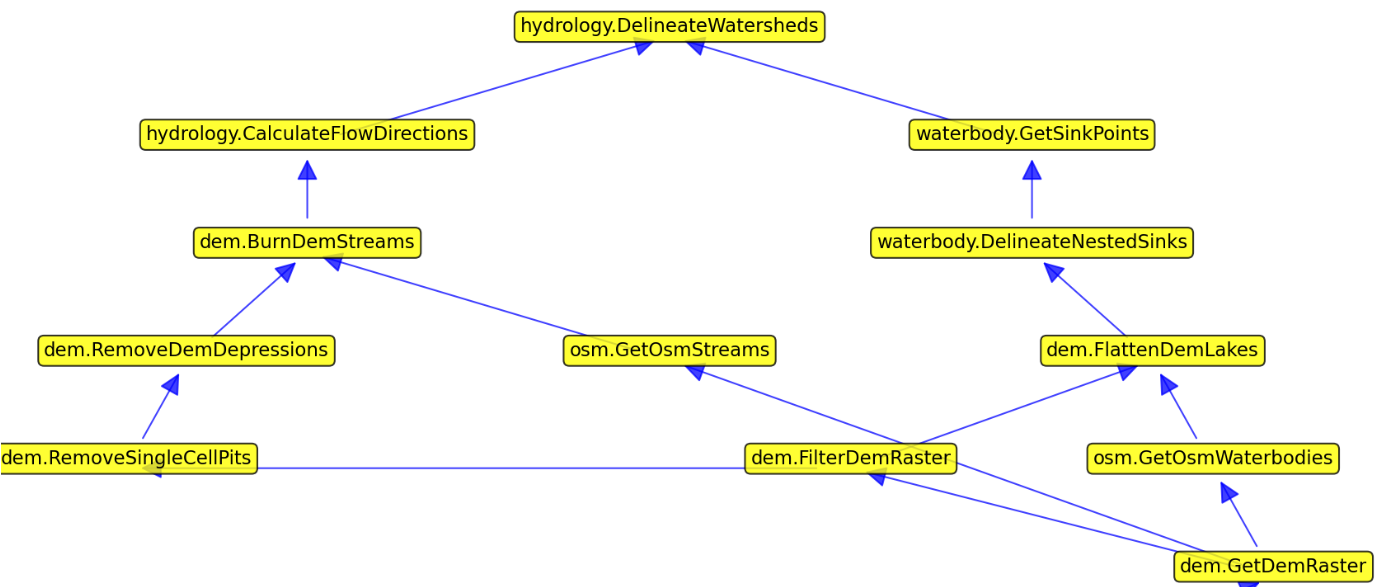
The sequence is to first apply a filter to the SRTM DEM to smoothen it, then removing single cell pits and afterwards use either the breach_depressions or fill_depressions tools to fill remaining depressions in my DEM. I optionally burn streams from OSM in my prepared DEM and then create a D8 pointer grid (d8_pointer) and then try to delineate for instance the streams based on it.
My study area is in the Swiss alps, so I have a pretty well defined orographic situation with streams from the hillslopes and a confluence in the valleys. Unfortunately I am struggling to get a proper result that reflects this situation. In the following image one can see that the delineated streams from hillslopes follow downhill, but never join in the valley (Blue = OSM stream).
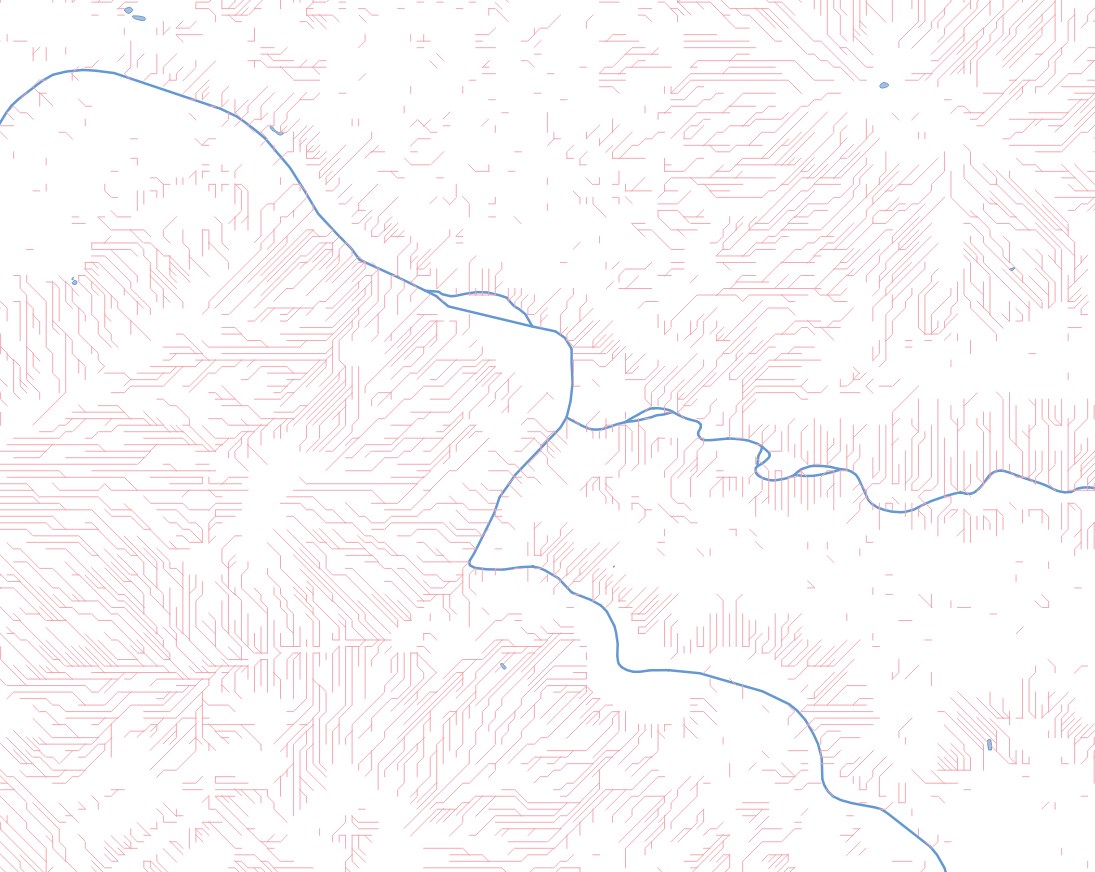
The reason is a DEM with no clear flow direction in the valleys due to man small depression patches in my DEM, which I thought to get rid of with either the breaching or the filling tool. Both do not result in a DEM from which I can generate a proper d8 pointer grid.
I'm using the filling tool for instance with no max depth parameter, so I would expect the depressions in my valley floors getting filled but they do not. Any input is appreciated. Maybe my approach is flawed or I use the wrong sequence of DEM preparations?
Thanks already for any hints.
Thomas Wanderer
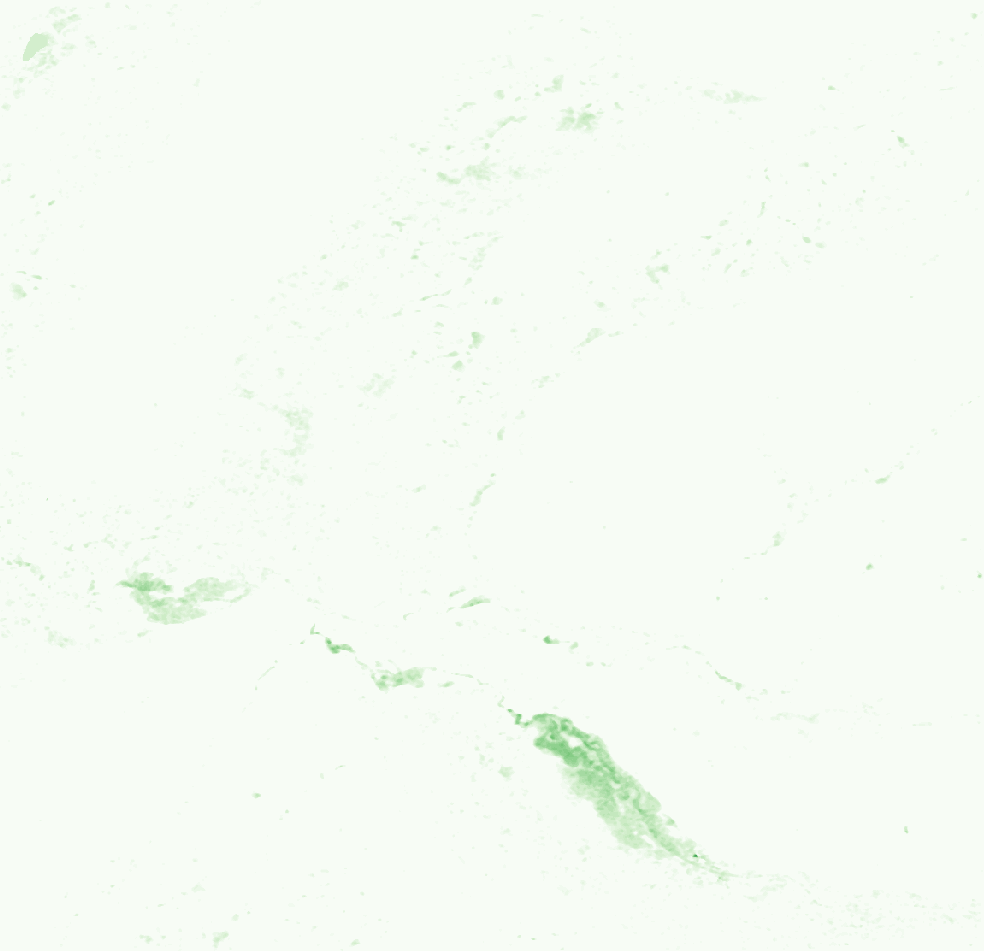

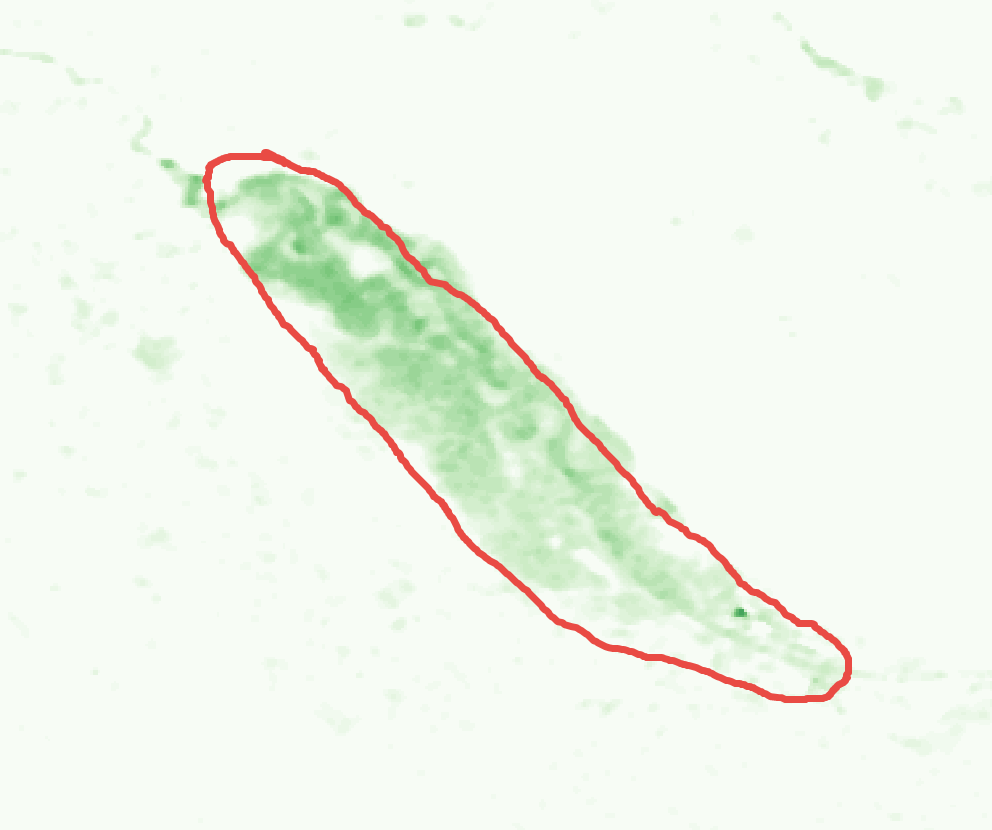
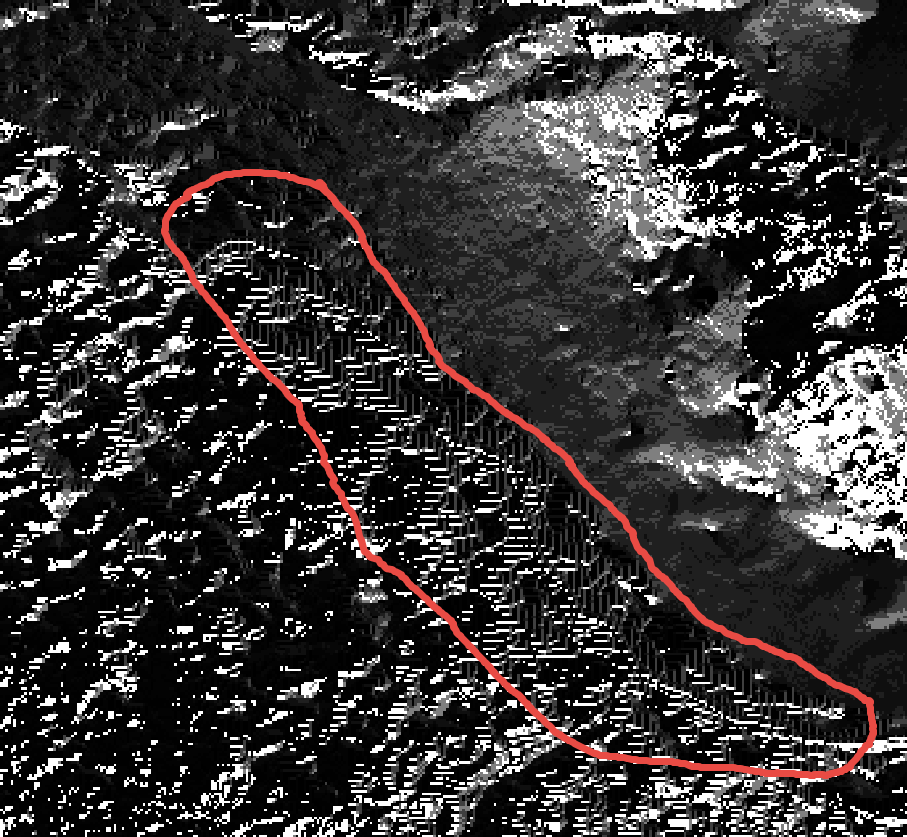
Jean-François Bourdon
Thomas Wanderer
Whitebox Geospatial
Thomas Wanderer
dem_raster,
out_file,
5,
max_cost=None,
min_dist=True,
flat_increment=None,
fill=True
)
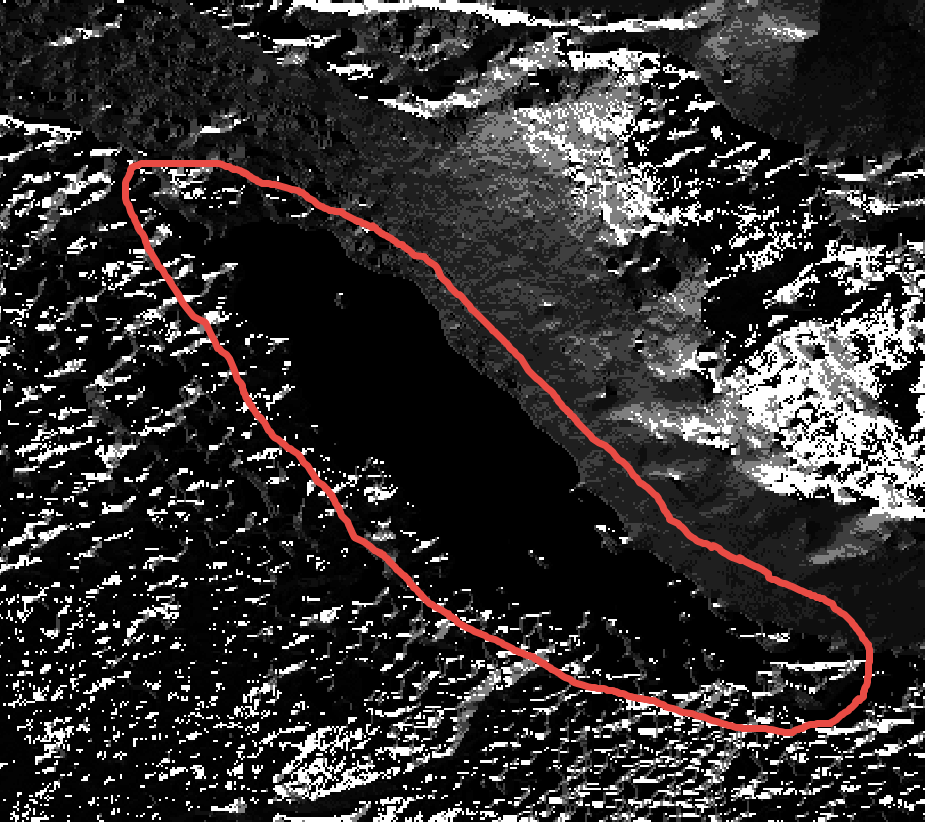
Hugh Allan
Thomas Wanderer

Whitebox Geospatial
Hello all,
Thank you for everyone's comments/insight. It is great to see these discussions in the google group!
Regarding twnovelt's last post... I don't think I would go as far as saying
" that I do not get a proper filled or breached DEM (as seen in this DEM area) and therefore the flow direction and flow accumulation in WBT do not yield in a correct stream network".
Many of the algorithms that exist in WhiteboxTools are implementations of already existing algorithms. In addition, how WhiteboxTools has implemented an algorithm may be different than how ArcGIS implements an algorithm. Just because an output from an ArcGIS tool has a more visually appealing outcome for ones' needs... does not mean that other implementations are wrong. In addition, it cannot be assumed that a filled D8pointer will look the same as a breached D8 pointer. In general those are fundamentally different algorithms, and they provide different solutions. After taking some more time to explore the issue you were having, I have come up with a couple alternatives in WhiteboxTools that you are free to use/follow.
In this example, I have attached what I believe is that same location in the DEM that you have highlighted. In this image, I followed the exact same workflow that you implemented. I first filtered the DEM using the FeaturePreservingSmoothing tool, I filled single cell pits using the FillSingleCellPits in WhiteboxTools and then I filled the DEM using FillDepressionsWangAndLiu in WhiteboxTools which uses Wang and Liu (2006) filling method. This is one of the most common filling techniques, even though it may not be the most efficient algorithm. This is the output I was able to produce. In addition, I tested this same DEM with the Planchon and Darboux 2002 algorithm and it produced the same result.
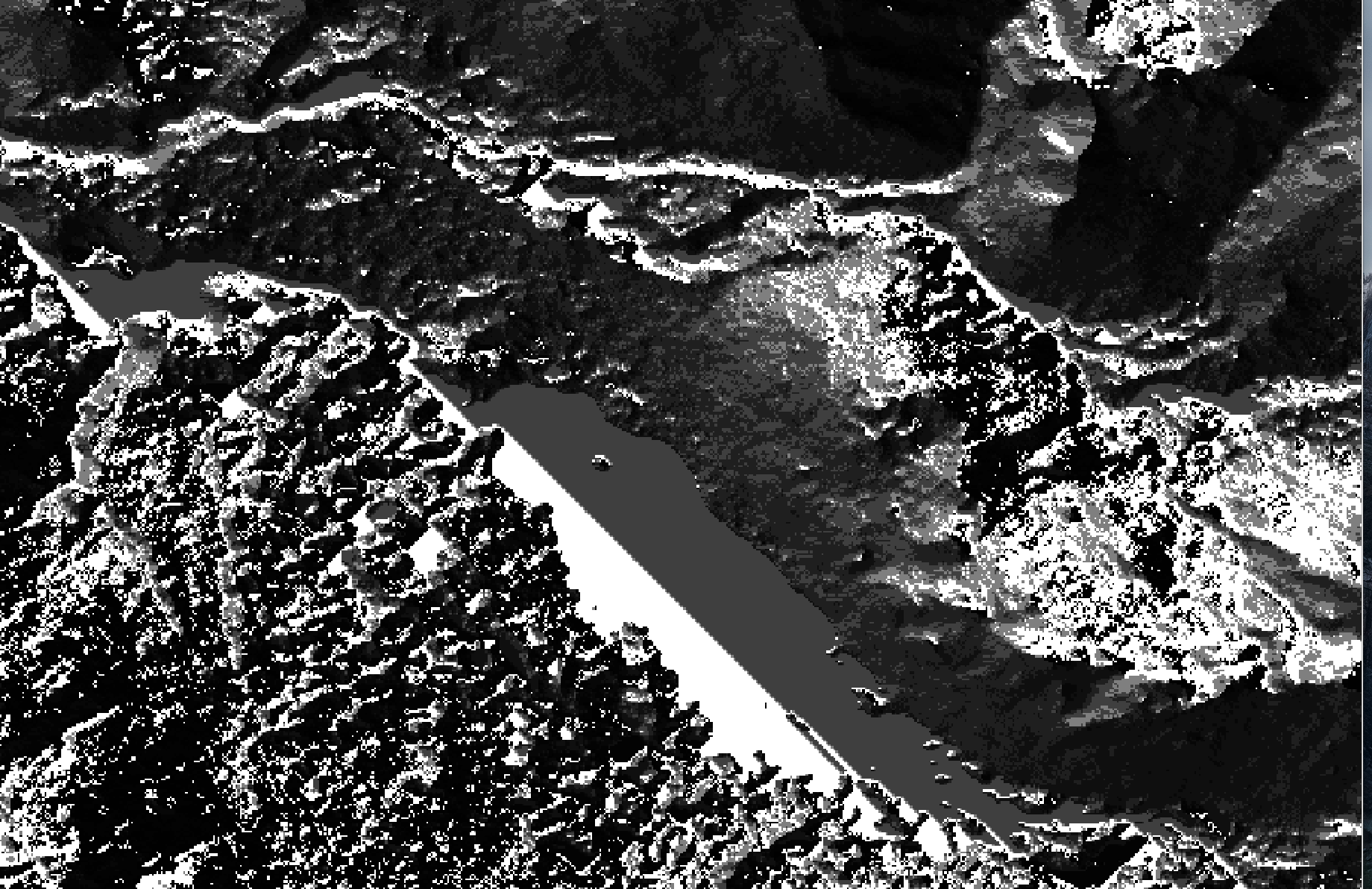
In this example, I followed your same workflow as above (i.e. FeaturePreserving smoothing) but instead of filling I breached this DEM. specifically I used the LeastCostDepressionBreaching tool. I tried the parameters you used at first i.e. search distance = 5. I found this parameter set to not be satisfactory and I had to parametrize the tool more through experimentation with the other parameters. I was able to produce this result. In this image, there is a clear flow line that extends through the lake .In this breaching solution, I would not expect to see a lake with a uniform flow direction over the entire lake like the image you posted from the Arc HydroTools as this is a breaching technique.
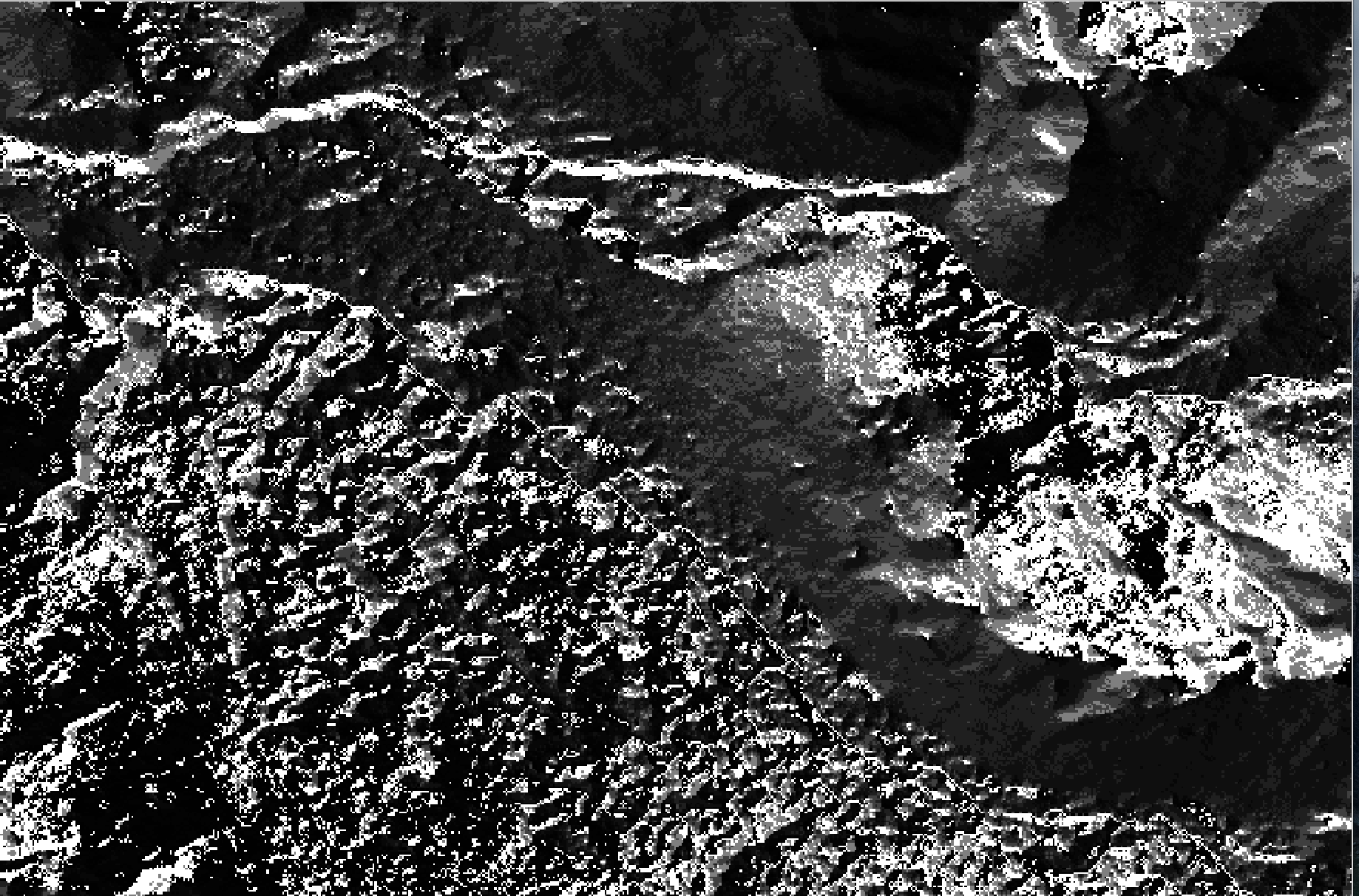
I am able to share these parameters/workflows with you, please feel free to email us at sup...@whiteboxgeo.com.
